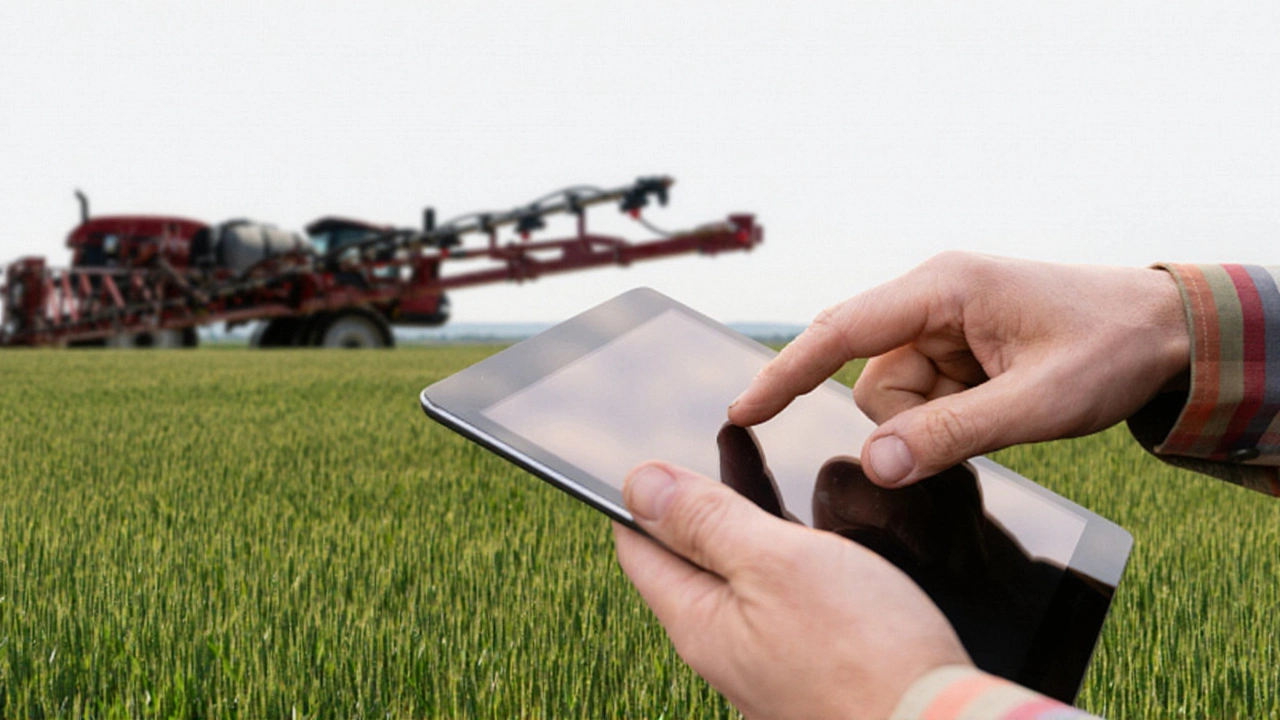AgTech: How Technology Is Transforming Farming
When talking about AgTech, the use of modern tools and data to boost crop yields, cut waste, and make agriculture more resilient. Also known as Agricultural Technology, it sits at the crossroads of science, engineering, and everyday farm work. In simple terms, AgTech is the toolbox that lets a farmer in Nairobi or a grower in Kansas make smarter decisions every day.
Core Pillars of Modern Agriculture
Precision Farming, a method that matches inputs like seed, fertilizer, and water to the exact needs of each field zone is the first pillar. It demands satellite imagery, GPS‑guided equipment, and powerful data analytics – a classic example of how agtech blends hardware and software. Then there are Drones, lightweight aircraft that scan crops from above, delivering high‑resolution thermal and multispectral maps. A farmer can spot a pest outbreak before it spreads, saving both time and chemicals.
Another essential piece is IoT Sensors, tiny devices placed in soil or on equipment that stream moisture, temperature, and nutrient data in real time. This continuous feed lets growers tweak irrigation on the fly, which directly supports Sustainable Agriculture, farming practices that protect the environment while maintaining productivity. By only applying water where and when it’s needed, farms cut energy use and reduce runoff.
Finally, Farm Management Software, cloud platforms that collect, analyze, and visualize all field data in one dashboard ties the whole ecosystem together. From budgeting to compliance, the software turns raw numbers into actionable insights, making the business side of farming as data‑driven as the field side.
These pillars create a network of relationships: AgTech encompasses precision farming, which requires satellite data; drones provide the aerial view that fuels analytics; IoT sensors feed the ground truth that validates drone insights; and farm management software stitches everything into a single decision‑making flow. In other words, AgTech → Precision Farming → IoT Sensors → Sustainable Practices is a logical chain that many modern farms follow.
Why does this matter right now? Global demand for food is set to rise over 50 % by 2050, while climate pressure squeezes water and arable land. AgTech offers the leverage to meet that demand without expanding farmland. Farmers who adopt these tools report up to a 30 % increase in yields and a 20 % drop in input costs, according to recent field trials in Kenya and Brazil.
For readers who are just starting, think of AgTech as a farmer’s smartphone – a device that tells you exactly when to plant, water, or harvest. For seasoned growers, it’s the next level of automation that can coordinate fleets of autonomous tractors, predict market prices, and certify carbon credits.
Below you’ll find a curated list of the latest stories, from breakthrough drone pilots in South Africa to new IoT sensor pricing models in Nigeria. Each article shows how the concepts above play out in real‑world scenarios, giving you both the big picture and the nitty‑gritty details you can act on today.




